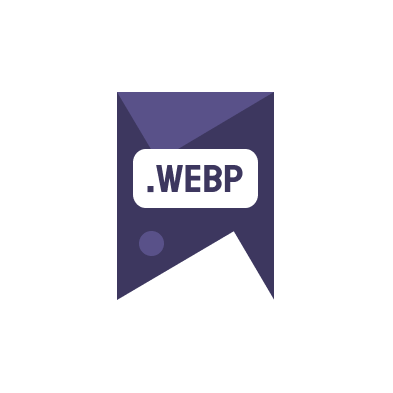Accelerating your website’s performance is crucial for better user experience and SEO rankings. One effective method to improve PageSpeed with WebP images is becoming increasingly popular among web developers and marketers. This article explores how adopting WebP format can boost your site’s speed and overall performance.
Understanding WebP Images
WebP is a modern image format that provides superior lossless and lossy compression for images on the web. Developed by Google, WebP images are up to 25-34% smaller than comparable JPEG and PNG files, which directly translates into faster page loading times.
Benefits of Using WebP Images
Integrating WebP images into your website can lead to a series of benefits:
- Improved PageSpeed: Smaller file sizes mean quicker load times.
- Enhanced SEO: Faster sites are favored by search engines.
- Reduced Bandwidth Consumption: Saves bandwidth and reduces hosting costs.
- Better User Experience: Reduces the time visitors spend waiting for pages to load.
How to Convert Images to WebP
Converting your existing images to WebP is straightforward. You can use tools like an online WebP converter to easily convert your images for free. This tool supports various file formats and helps you transition to WebP images without any hassle.
Implementing WebP on Your Website
Once your images are converted, implementing them on your website involves a few technical steps. You may need to modify your site’s .htaccess file or use a plugin, depending on your web platform. For detailed guides and tools, visiting sites like PageSpeed Insights can provide valuable resources and performance insights.
Case Studies
Many companies have seen significant improvements in their site performance after switching to WebP. For instance, a retailer reported a 30% reduction in page load times, which contributed to a 20% increase in sales conversions.
Optimizing WebP Images for SEO
While WebP offers many advantages, optimizing these images for SEO is also crucial. Ensure your WebP files are correctly tagged with relevant keywords and alt attributes to maximize SEO benefits. Also, consider using WebP image optimization techniques to further enhance file size reductions and speed improvements.
Conclusion
Integrating WebP images is a powerful way to improve PageSpeed with WebP and boost your site’s SEO and user experience. By converting your images and implementing them correctly, you can enjoy the benefits of a faster, more efficient site that ranks well in search engine results.
Ready to enhance your website’s performance? Start converting your images to WebP today and see the difference!

